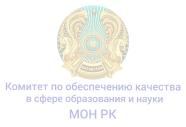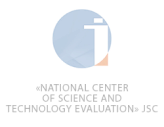THEMATIC ANALYSIS OF THE EXISTENCE OF THE KAZAKH TRADITIONAL APPLIED ART IN THE RESEARCH OF SCIENTISTS OF KAZAKHSTAN
DOI:
How to Cite
Abstract
The study of traditional applied art is a complex problem that involves the solution of a number of general methodological issues at the intersection of such sciences as philosophy, history, sociology, cultural studies, aesthetics, art history, archeology, ethnology, etc. Kazakhstan in order to clarify the essence and value-semantic characteristics of the existence of the studied phenomenon, taken in its historical formation and development. On the vast territory of the Eurasian steppes, where the vastness of the Kazakh land stretched in their very core, complex cultural, civilizational, ethnogenetic, demographic, socio-political processes took place over the millennia, in the crucible of which the Kazakh ethnos was formed, which became one of the autochthonous recipients of the treasures of the common Turkic culture and art. The authors strive, using the research materials of a number of famous scientists, such as A. Kh. Margulan, H. A. Argynbaev, M. S. Mucanov, S. Akataev, K. Sh. Nurlanova, B. K. Bayzhigitov and others, to recreate the general picture of the existence of the Kazakh traditional culture and applied art, to establish, using the methodology of thematic analysis of J. and art. It is shown that the thematic structure of research of scientists of Kazakhstan includes a number of very important philosophical and worldview, mythical-poetic, ethical-aesthetic, historical-ethnological elements (themes), contributing to the disclosure of the truth of the existence of traditional folk applied art.
Key words: Kazakh culture, art, tradition, traditional applied art, being, values, originality, national identity, thematic structure.








